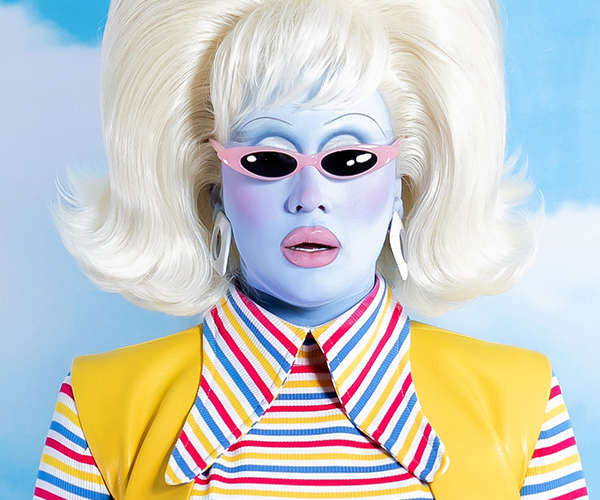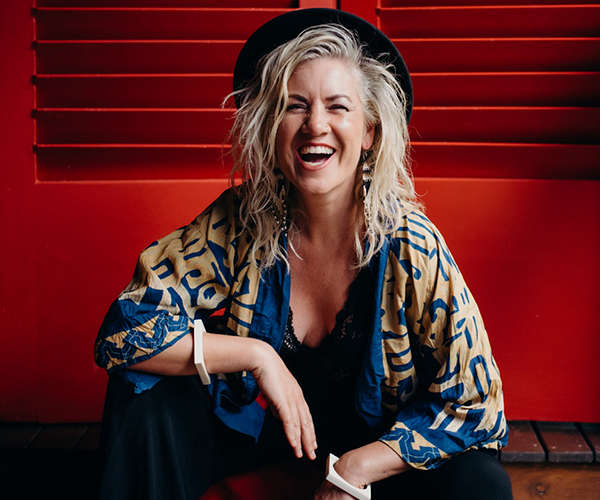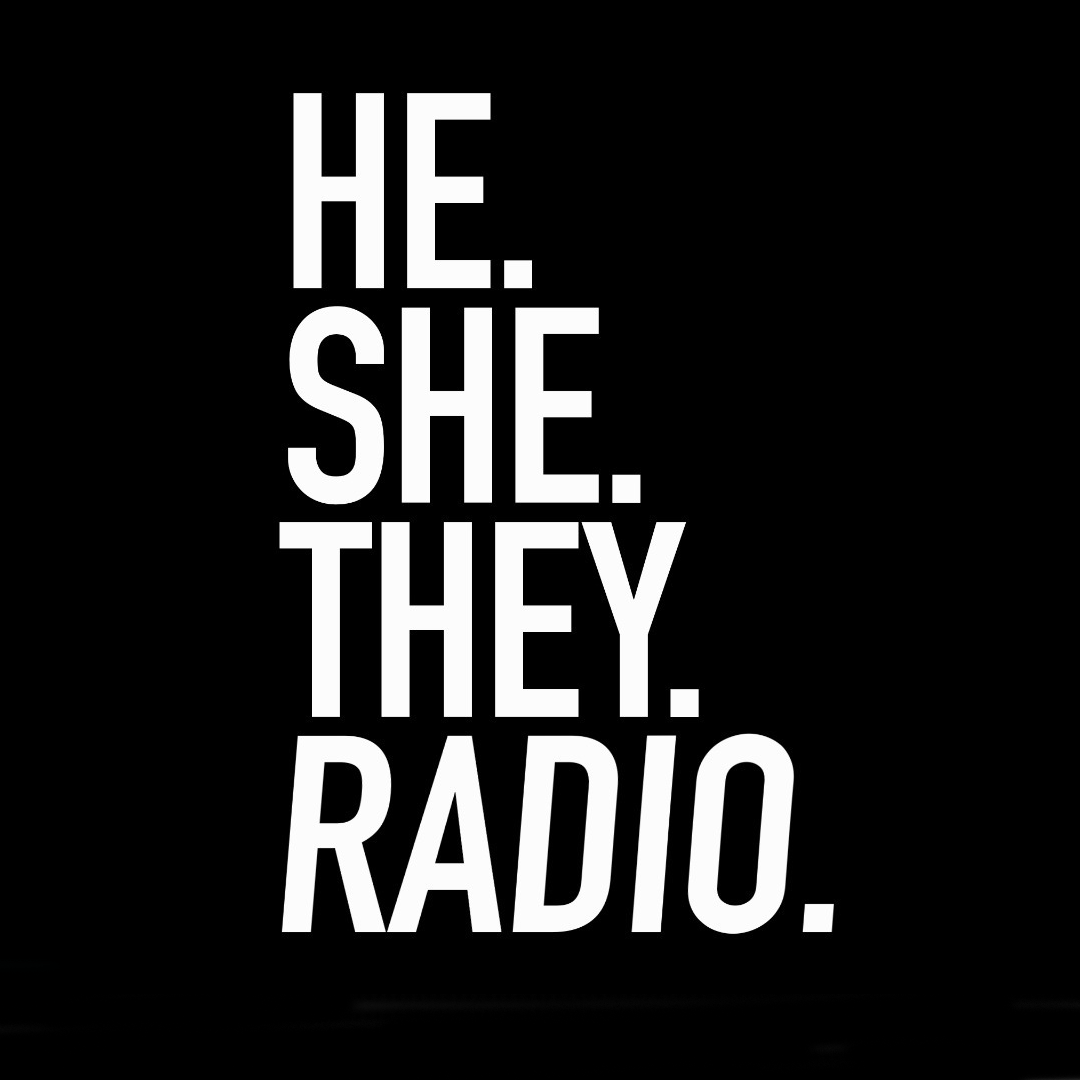Why Do So Many Gay Men Choose the Female Character in Gaming?
Yes, I am a gay and yes I will play all female characters in a video games over male ones. pic.twitter.com/iuJ8t7N0in
— iamBrandon 🏳️🌈 (@iamBrandonTV) January 11, 2020
Gaming has always been a male-dominated industry. The early gaming heroes were always strong, tough guys and the concepts always involved "masculine" pursuits such as fighting or shooting. But from the very onset of gaming, there was a niche carved out for those who wanted to engage with a less overtly manly character. Female video game characters have often been chosen by those in the LGBT+ community when gaming. But whether this is Coco Bandicoot, Chun Li, Lara Croft, or Princess Peach, why do female gaming characters appeal to gay men?
One player suggested that female characters are often overlooked in fighting games, such as Mortal Kombat, Dragon Ball Z, or Street Fighter. So, choosing the female avatar and then winning was a ‘worthier’ victory than playing as a brutish type. Choosing the female player let the gay man express themselves in the virtual world in a way they may not have felt safe to do in the real world.
The love of female gaming characters doesn’t just extend to traditional forms of gaming. Online casino entertainment also utilizes the concept of the strong heroine to attract fans to various titles of slots. The range of games available in this area is vast. Of course, one of the main draws of them are the online casino free spins that benefit players signing up to a new site for the first time. But the variety of titles also helps them appeal to audiences who appreciate strong female characters and iconography attached to the games. The Lost Relics slot, for example, features a female Indiana Jones-style character, Drive: Multiplayer Mayhem uses a tough female character as one of its main line-up, and Archangels: Salvation features the female angel fighting against the male devil as a backdrop to the slot gameplay.
Another gamer suggested that the world growing up was hostile, especially in a different era where attitudes towards LGBT+ people were less tolerant. Thus embodying the strong, female characters, who were as dependable as the male characters despite the odds against them was representative of the gay male’s journey and akin to a battle cry. Others suggested that playing as female characters helped some young gay men embrace a feminine side in a way that was socially acceptable, within the confines of the male-dominated world of gaming.
As gaming develops, there will always be a cache of men who feel more of a connection to female players. Some do so to disguise their identity and others to find theirs. Conversely, some female gamers opt for male avatars when playing online with others to draw less attention to themselves. The world of gaming has levelled the male/female divide of players since the 1990s, but there is still a lot of work to do, which could explain why players may choose to play as a different gender to their own.
Attitudes towards gay men have changed and an influx of games tailored towards a growing female fanbase means that some games don’t have the sole female character to choose to play as, but a multitude. Others involve elements of customisability so players can create their avatar to look however they want it to. Those who felt they didn’t necessarily fit into the world most likely saw some aspect of themselves in the solitary tough female characters available to play as in gaming. Both player and avatar were different from their contemporaries, so perhaps the kinship was formed from this.







